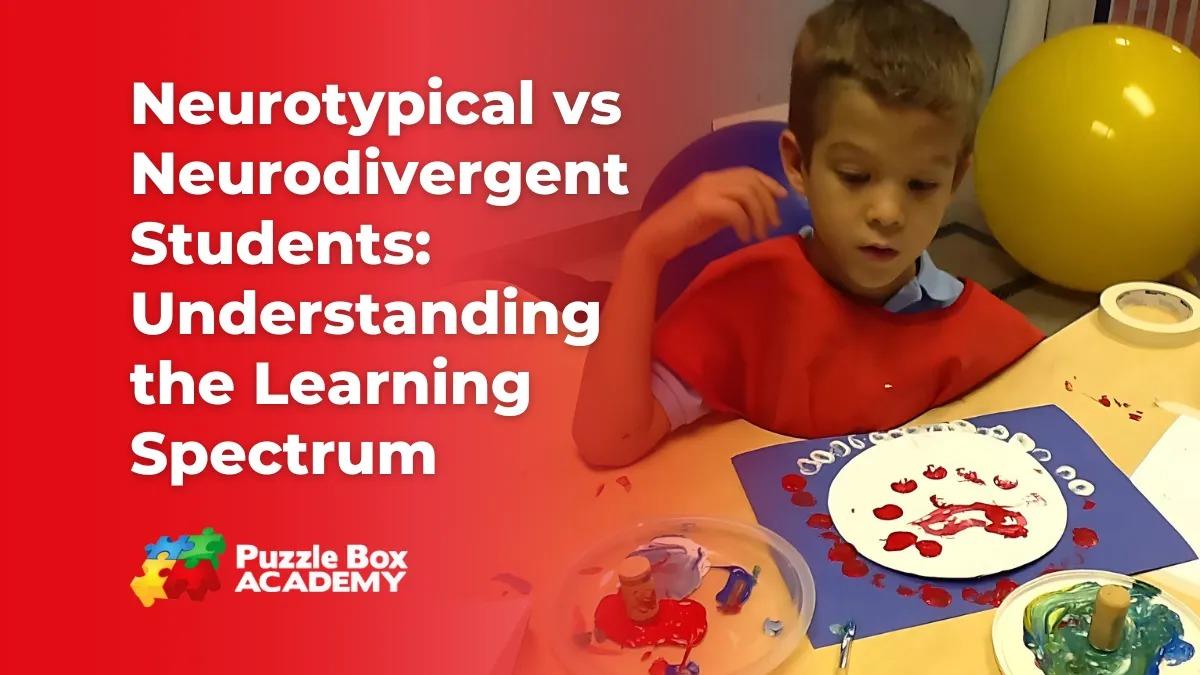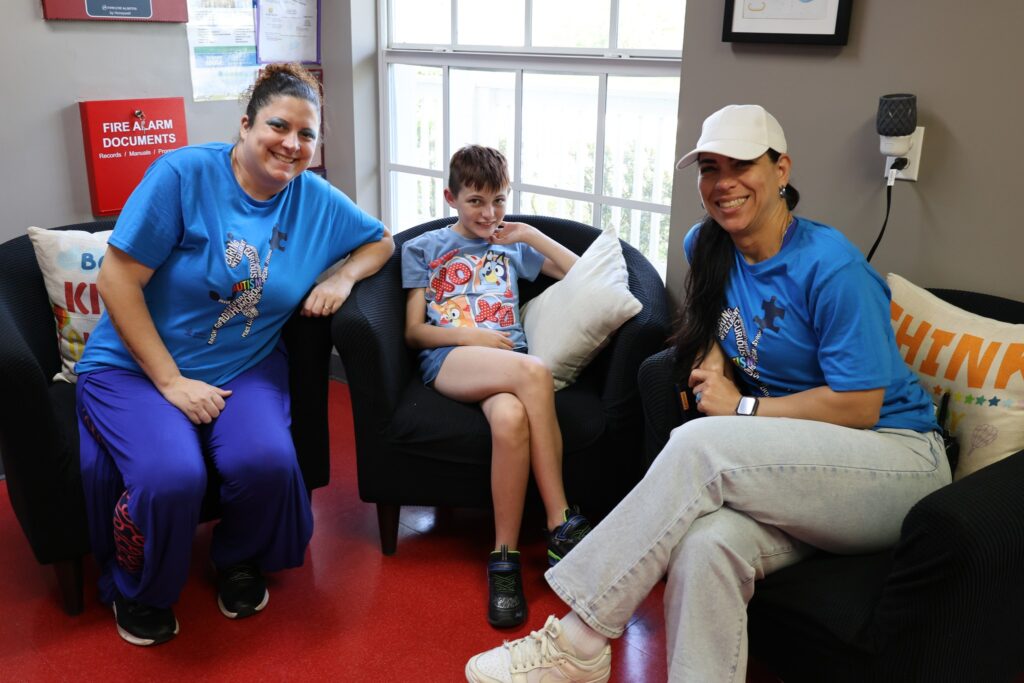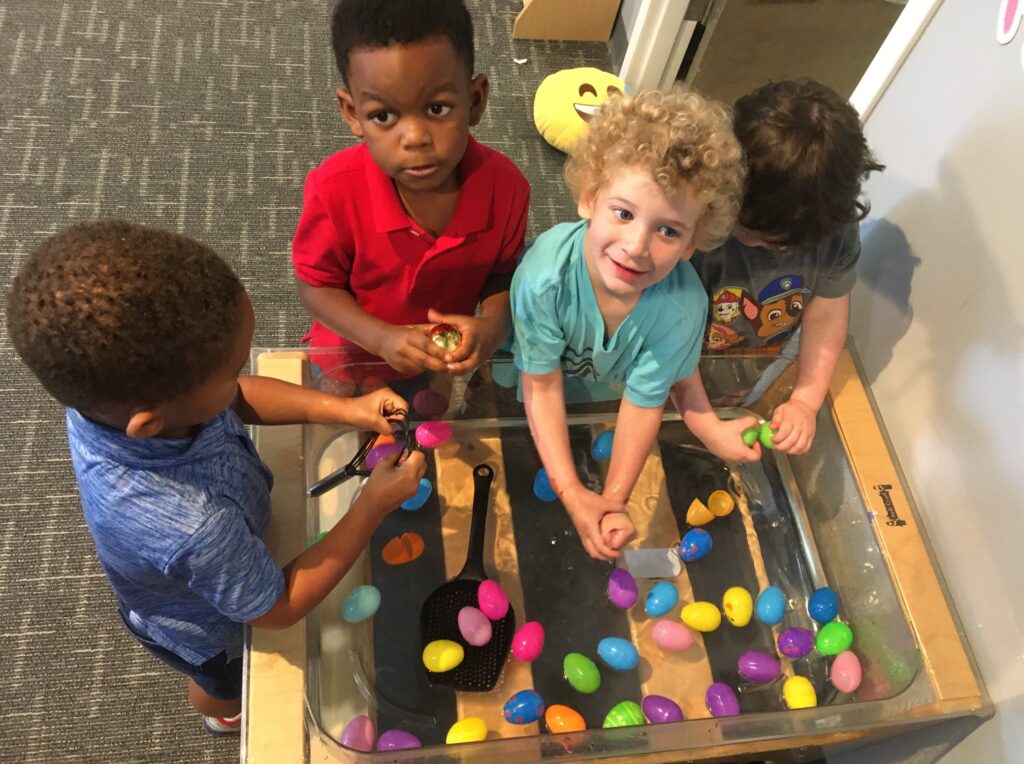“Neurotypical vs neurodivergent” refers to the distinction between traditional learning patterns and diverse ways of processing information. While neurotypical students typically develop in line with conventional educational expectations, neurodivergent students—such as those with autism, ADHD, or dyslexia—experience learning differently.
Understanding these differences is critical for creating inclusive educational environments that cater to the strengths and needs of all students. By embracing neurotypical and neurodivergent learning styles, educators can foster a more supportive and dynamic classroom that benefits every child’s unique growth.
Understanding the Difference Between Neurodivergent and Neurotypical
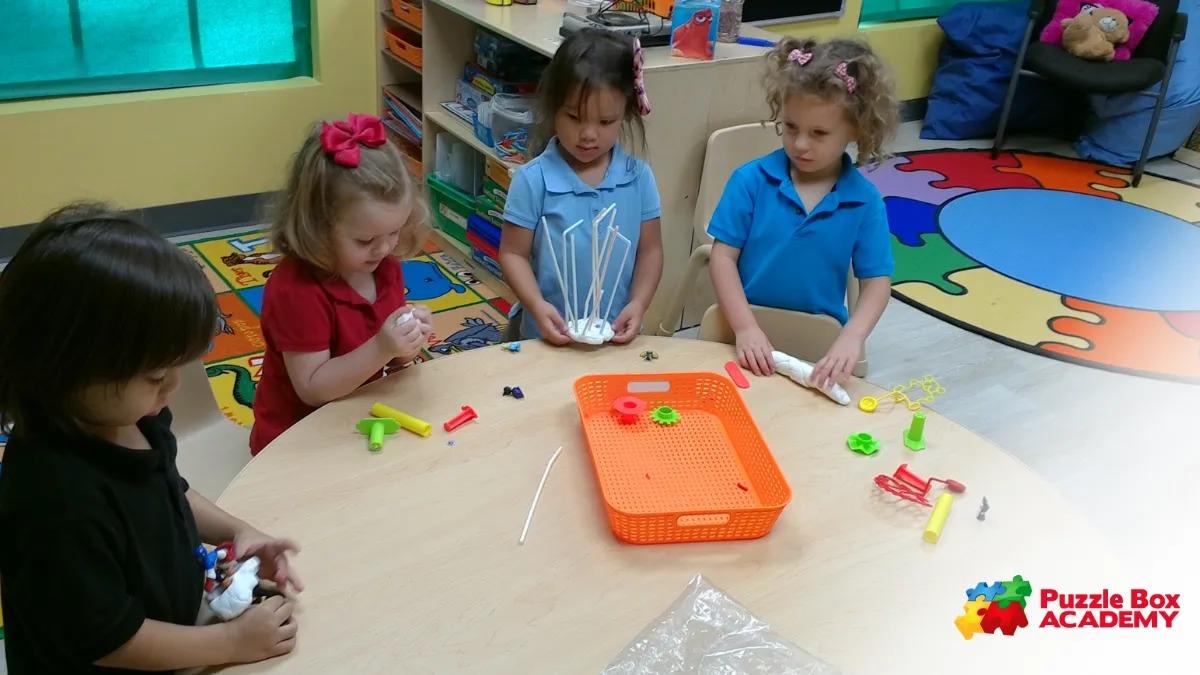
The terms “neurotypical” and “neurodivergent” describe distinct cognitive patterns that shape how individuals perceive and interact with the world. By understanding these differences, we can create educational environments that support unique learning styles and promote inclusivity.
What Does Neurotypical Mean?
Neurotypical individuals generally follow standard developmental milestones and engage in behaviors considered “normal” by societal standards. They tend to learn and socialize in ways that align with conventional expectations. In an educational context, neurotypical students often adapt well to traditional teaching methods, such as:
- Structured class routines and schedules.
- Lectures and auditory learning.
- Standardized testing and grading systems.
This alignment makes it easier for neurotypical students to thrive in mainstream educational environments, as they are naturally suited to existing structures.
Defining Neurodivergence and Its Scope
Neurodivergent beings, including those with autism, ADHD, or dyslexia, exhibit different ways of thinking and learning. They may require specialized support or adaptations to succeed academically and socially. Their learning preferences might include:
- Visual aids and hands-on activities that provide multisensory engagement.
- Flexible learning structures to accommodate varying attention spans or sensory sensitivities.
- Individualized support plans tailored to their unique needs.
Recognizing and accommodating these diverse learning needs helps educators and parents support neurodivergent students in reaching their full potential without trying to fit them into a one-size-fits-all mold.
Neurotypical vs Neurodivergent Examples in the Classroom
Neurotypical and neurodivergent students exhibit distinct behaviors and learning strategies in the classroom. Understanding these differences helps create more effective educational experiences that cater to each child’s needs.
Academic Performance and Learning Strategies
While neurotypical students often thrive with conventional teaching methods, neurodivergent students may require alternative strategies to reach their potential. Educators should be mindful of these variations to ensure all students can succeed:
- Visual learning aids: Tools like diagrams, charts, and images simplify complex information for visually processing students.
- Movement-based activities: Incorporating physical movement or short breaks can help neurodivergent students with attention difficulties stay focused.
- Multi-sensory tools: Tactile objects or interactive lessons that involve touch, sound, and visuals can be highly effective for engaging different senses.
Implementing a mix of these strategies allows for a more inclusive approach, making learning accessible and engaging for all students, regardless of their cognitive patterns.
Behavioral and Social Engagement Differences
In social settings, neurotypical students may find it easier to navigate peer interactions and adapt to group activities, whereas neurodivergent students often need additional support and structure. Here are some support strategies for social engagement:
- Role-playing exercises: Guided activities that simulate social scenarios can help neurodivergent students practice and understand social interactions.
- Visual schedules: Providing precise, visual representations of daily routines reduces anxiety and prepares students for transitions.
- Peer support groups: Facilitated sessions to encourage friendships and social skills, making neurodivergent students feel included and valued.
These strategies not only support neurodivergent students in developing social skills but also create an inclusive atmosphere that fosters peer understanding and empathy.
Neurotypical vs Neurodivergent Communication Styles
Neurotypical and neurodivergent individuals often communicate in distinct ways. Understanding these differences fosters effective interactions and builds meaningful connections.
Verbal and Non-Verbal Communication Variances
Neurotypical individuals generally adhere to standard verbal and non-verbal cues, like maintaining eye contact or responding immediately during conversations. Neurodivergent individuals, however, might express themselves differently and use alternative communication methods:
- Eye contact: Neurodivergent individuals may find direct eye contact uncomfortable or distracting.
- Body language: Gestures and facial expressions might be interpreted or displayed differently.
- Response time: Neurodivergent individuals may require more time to process and respond to verbal input.
Recognizing these differences helps eliminate misunderstandings and encourages more inclusive communication.
Understanding Sensory and Emotional Responses
Sensory sensitivities often influence neurodivergent communication styles. Overstimulation can cause withdrawal, while unexpected changes in tone or volume may lead to heightened emotional responses:
- Use clear, concise language: Avoid figurative speech or ambiguous phrases that can confuse.
- Respect sensory preferences: Maintain a calm environment and be mindful of sensory triggers.
- Be patient and listen actively: Allow extra time for responses and validate the individual’s experience.
Implementing these strategies fosters respectful, positive interactions that support the unique communication styles of neurodivergent individuals while promoting understanding and empathy.
How to Support Neurodivergent Students in a Neurotypical Setting
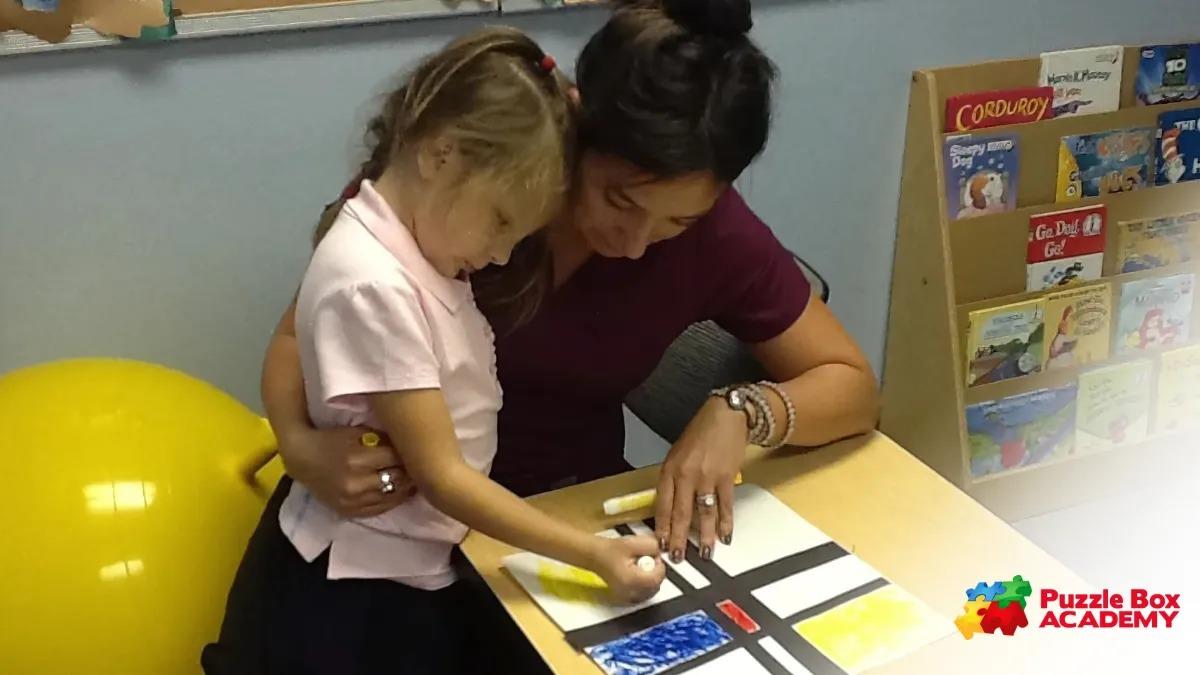
Supporting neurodivergent students in a predominantly neurotypical environment requires creating an inclusive atmosphere and adapting teaching methods to meet diverse needs. This approach ensures that students feel valued and can thrive.
Creating an Inclusive Classroom Environment
An inclusive environment acknowledges and celebrates neurodiversity while providing accommodations that foster success. Here are some inclusive strategies:
- Flexible seating options: Provide choices like standing desks, cushions, or fidget tools.
- Sensory-friendly spaces: Create quiet areas where students can retreat if they feel overwhelmed.
- Visual and written instructions: Supplement verbal directions with visual aids or written materials for better comprehension.
These strategies help all students feel comfortable and supported in their learning environment.
Modifying Teaching Methods and Curriculum
Adjusting traditional teaching methods can significantly benefit neurodivergent students and improve their engagement:
- Break tasks into smaller steps: Simplify challenging tasks into manageable segments.
- Offer multiple ways to demonstrate understanding: Use projects, presentations, or visual assignments as alternatives to standard tests.
- Allow extra time for processing: Provide additional time for assignments or verbal responses as needed.
Implementing these modifications ensures that neurodivergent students receive the tailored support they need to succeed alongside their neurotypical peers.
Encouraging Peer Support and Understanding
Fostering peer relationships and understanding helps reduce stigma and creates a sense of community. Peer support ideas include:
- Buddy systems: Pair neurodivergent students with supportive peers for activities and projects.
- Awareness workshops: Educate students about neurodiversity to build empathy and acceptance.
- Peer mentoring programs: Encourage older students to mentor and support their neurodivergent peers.
Encouraging peer involvement benefits neurodivergent students and promotes a more compassionate and cohesive learning environment for everyone.
The Benefits of Neurodiversity in Educational Settings
Embracing neurodiversity in schools fosters a richer, more inclusive learning environment that benefits all students. By recognizing the strengths and perspectives that neurodivergent students bring, educators can cultivate a classroom culture that celebrates differences and promotes holistic growth.
Promoting Unique Perspectives and Creativity
Neurodivergent students, such as those with autism or ADHD, often have unconventional ways of thinking that inspire creativity and innovation. Examples of neurodiverse strengths include:
- Pattern Recognition: Autistic students may excel at identifying patterns and noticing details others might overlook.
- Creative Problem-Solving: Students with ADHD often generate original ideas and approach tasks with a high degree of creativity.
- Intense Focus and Special Interests: Neurodivergent students may develop deep expertise in specific subjects, enhancing classroom discussions and projects.
Leveraging these strengths allows teachers to broaden the scope of learning experiences and encourage all students to think creatively.
Enhancing Social Skills and Empathy
Integrating neurodivergent and neurotypical students helps foster empathy, acceptance, and improved social skills. Children who interact with peers with different learning styles and communication methods learn to appreciate individual differences:
- Peer Collaboration: Working on group projects encourages neurotypical students to adapt their communication styles and practice patience.
- Mutual Support: Peer interactions help neurodivergent students build confidence, while neurotypical peers develop leadership and mentoring skills.
- Increased Empathy: Exposure to different perspectives teaches students to value kindness, understanding, and acceptance.
This dynamic nurtures a compassionate classroom environment that benefits everyone.
Building a Culture of Acceptance and Inclusion
When schools actively embrace neurodiversity, they create a culture of accepting and celebrating differences. This positive approach helps reduce stigma and allows neurodivergent students to feel more comfortable expressing themselves and pursuing their interests:
- Inclusive Teaching Methods: Use diverse teaching styles to accommodate learning needs.
- Celebrating Neurodiversity Days: Host events or discussions that highlight the perks and contributions of neurodivergent individuals.
- Encouraging Self-Advocacy: Empower neurodivergent students to speak up about their needs and preferences.
Creating an inclusive culture benefits both neurodivergent and neurotypical students, making the classroom more supportive and enriching for everyone to learn and grow.
Conclusion
Neurodiversity in education is more than just an approach—it celebrates each child’s unique abilities and potential. By understanding and embracing the differences between neurotypical and neurodivergent students, we create learning environments that uplift everyone. When schools champion inclusivity, they foster creativity, empathy, and acceptance, setting every student up for lifelong success.
Ready to explore how neurodiversity can transform your child’s educational journey? Contact Puzzle Box Academy at 321-345-0861 or visit our contact page today!

